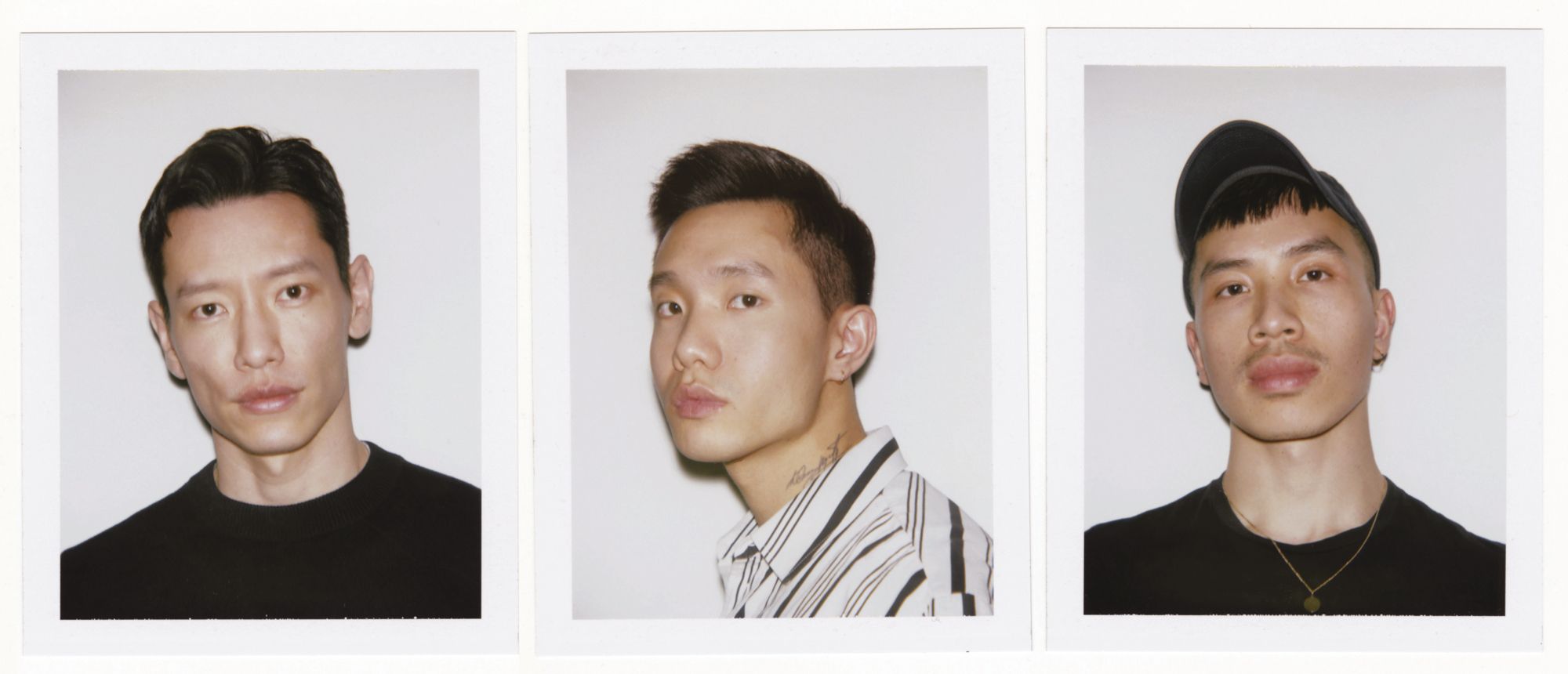The passionate designers behind the emerging New York label Commission share their journey into the fashion industry
Hailing from South Korea and Vietnam, friends Jin Kay, Dylan Cao and Huy Luong pooled their design talents to launch hip New York City-based label Commission in 2018, and are now finalists for the 2020 LVMH Prize. The brand, home to tailored pieces inspired by East Asian working mums, is also the result of the designers’ diverse experience across Gucci, Narciso Rodriguez, 3.1 Phillip Lim and R13. Find them on Net-a-Porter and Ssense as they expand online.
What was your first reaction when you got the LVMH nomination?
We were on set for our fall-winter 2020 look book when we received the call from LVMH. It was a surreal moment and we were all speechless. We were instructed to keep the announcement a secret for another week, so it was challenging to process the news without showing much emotion to everyone around us.
What was the first roadblock you had to overcome?
With our previous design backgrounds at larger houses, where production is usually taken care of by a dedicated team with specific skills and experience, sourcing materials and manufacturing was new territory for all three of us. We’ve also had to learn to have patience, and to be reassuring and uplifting towards one another.
See also: Made In Hong Kong: Robert Wun On Heritage And Rejecting Stereotypes In Fashion




